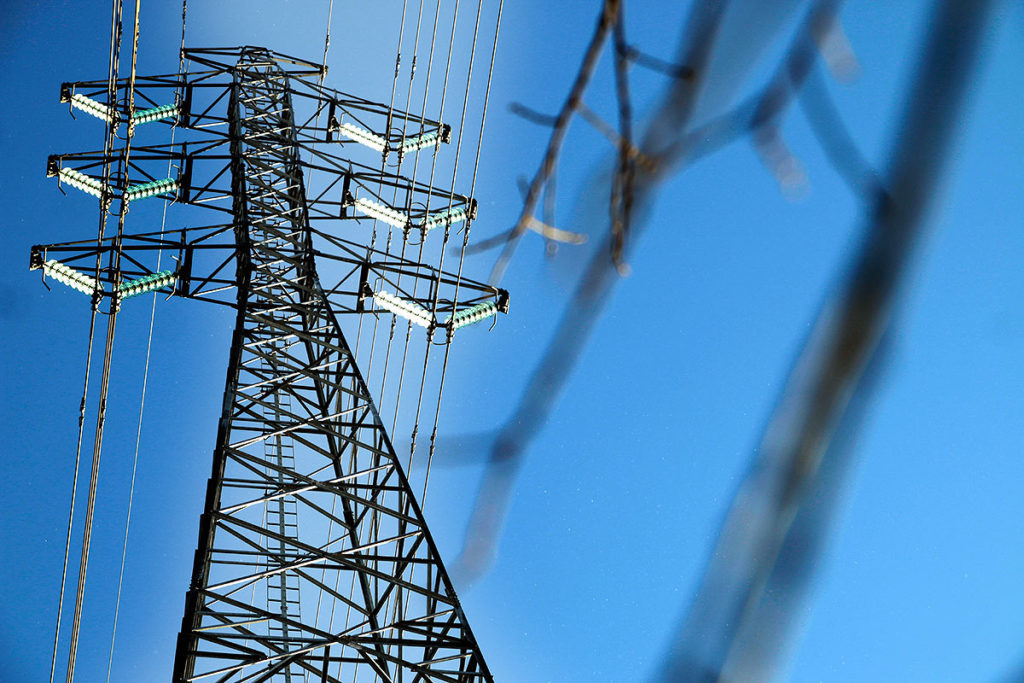
Although electricity has been generated in commercial quantities in Nigeria for over a century, the rate of electricity infrastructure development in the county is low and power supply remains inadequate. Prior to reforms, the central challenges of the Nigerian power sector was the vertically integrated monopoly of government in power generation, transmission and distribution. While the reforms was successful in privatizing the generation and distribution segments of the Nigerian Electricity Supply Industry (NESI), the overbearing problems in the sector persists –with privatization only changing the dimensions of the challenges.
Financing remain a major problem across all the segments of the NESI partly due to non-cost reflective tariff. Yet each segment of the NESI also faces its unique challenges. The generation segment is riffed with the problems of energy security and inefficiencies in other segments. The challenges in the transmission segment lies in the lack of modern transmission lines and equipment, gross mismanagement, poor maintenance of available infrastructure and inefficient grid design. Distribution companies face the problem of huge Aggregate Technical, Commercial, and Collection (ATC&C) losses.
In terms of electricity access, 46.09 percent of the Nigerian population remains unconnected to the national grid, representing 83.98 million people. Further, electricity demand is estimated at 24,380 MW as at 2015 compared to NESI’s available generation capacity of 7,139.6 MW. In terms of energy use, Nigeria has the lowest in the world – 80 percent below its energy use based on income levels.
In a bid to tackle aforementioned challenges, the Federal Government of Nigeria (FGN) set ambitious targets for the country’s energy mix. This should allow Nigeria exploit its potential for coal, solar, wind, biomass, as well as small and large hydroelectric power electric generation, while reducing the prevalence of self-generation, which constitute two-thirds of present energy mix. By 2020, the FGN targets to achieve up to 75 percent access to electricity by connecting 1.5 million households annually. While Nigeria’s energy mix targets are desirable, the prospect of success remain bleak on account of financial constraints, pricing policy and lack of policy coordination.
Improving electricity supply in Nigeria and addressing barriers to achieving the energy mix targets will entail: addressing payment risk, financing power sector investment, as well as improving the pricing and tariff structure, gas pricing and allocation, and market regulation.
